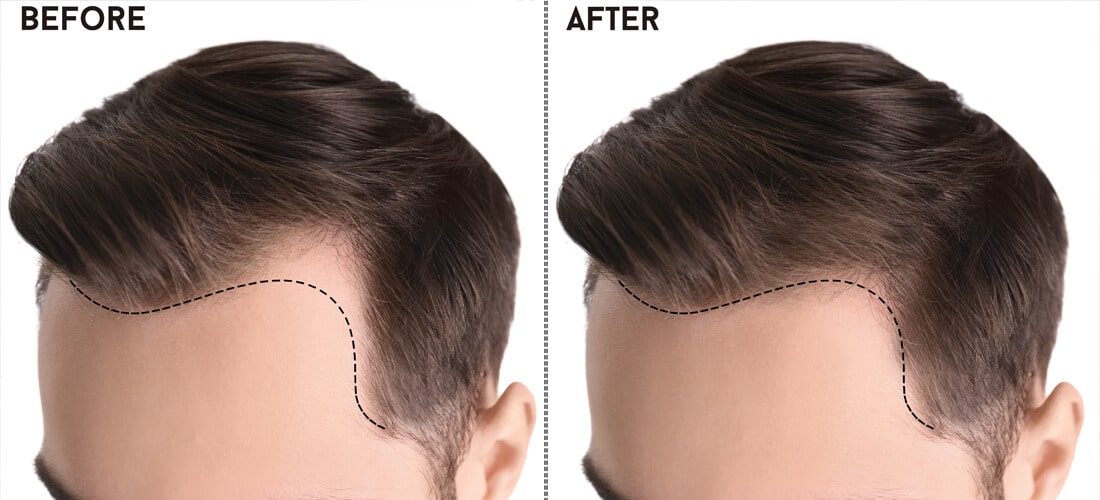
In recent years, Pakistan has witnessed a surge in the demand for hair transplant procedures. As societal norms evolve and individuals seek to enhance their appearance and boost their confidence, the field of Hair Transplant in Pakistan has emerged as a viable solution. This article aims to delve into the nuances of hair transplant in Pakistan, exploring its popularity, procedures, costs, and the factors driving its growth.
The Rise of Hair Transplant in Pakistan:
Hair loss, medically known as alopecia, can be a distressing experience for both men and women. Factors such as genetics, hormonal changes, stress, and medical conditions contribute to this phenomenon. With the increasing awareness about available treatments, more Pakistanis are turning to hair transplant surgeries to address their hair loss concerns.
Understanding Hair Transplant Procedures:
Hair transplantation involves the extraction of hair follicles from areas of abundant growth, typically the back or sides of the scalp, and implanting them into balding or thinning areas. In Pakistan, two primary techniques dominate the field: Follicular Unit Transplantation (FUT) and Follicular Unit Extraction (FUE).
FUT involves removing a strip of scalp from the donor area and dissecting it into individual follicular units for transplantation. On the other hand, FUE entails extracting follicular units directly from the donor site using tiny punches, leaving minimal scarring. Both methods have their advantages and are performed under local anesthesia on an outpatient basis.
Choosing the Right Clinic:
Selecting a reputable and experienced clinic is paramount for a successful hair transplant procedure. In Pakistan, several clinics offer hair restoration services, but it’s essential to research thoroughly before making a decision. Factors to consider include the clinic’s reputation, the qualifications of the medical team, the facility’s hygiene standards, and patient reviews.
Cost Considerations:
The cost of hair transplant surgery in Pakistan varies depending on multiple factors, including the extent of baldness, the technique used, and the clinic’s reputation. Generally, FUE procedures tend to be more expensive than FUT due to the meticulous nature of the extraction process. However, the long-term benefits of a successful transplant often outweigh the initial investment.
Post-Transplant Care and Recovery:
After undergoing a hair transplant procedure, patients are advised to follow specific post-operative care instructions provided by their surgeon. This may include gentle washing of the scalp, avoiding strenuous activities, and refraining from smoking or alcohol consumption. While some redness and swelling are normal in the days following surgery, most patients can resume their regular activities within a week or two.
The Psychological Impact:
Beyond the physical transformation, hair transplant surgery can have a profound psychological impact on individuals. Restoring a full head of hair often boosts self-esteem and confidence, leading to improved social interactions and overall quality of life. In a society like Pakistan, where appearances hold significant cultural value, the psychological benefits of hair restoration cannot be overstated.
Conclusion:
Hair transplant surgery has emerged as a viable solution for individuals grappling with hair loss in Pakistan. With advancements in technology and increased awareness, more people are opting for these procedures to regain their youthful appearance and confidence. By understanding the procedures, choosing reputable clinics, and investing in post-operative care, individuals can embark on a journey towards a fuller head of hair and renewed self-assurance.